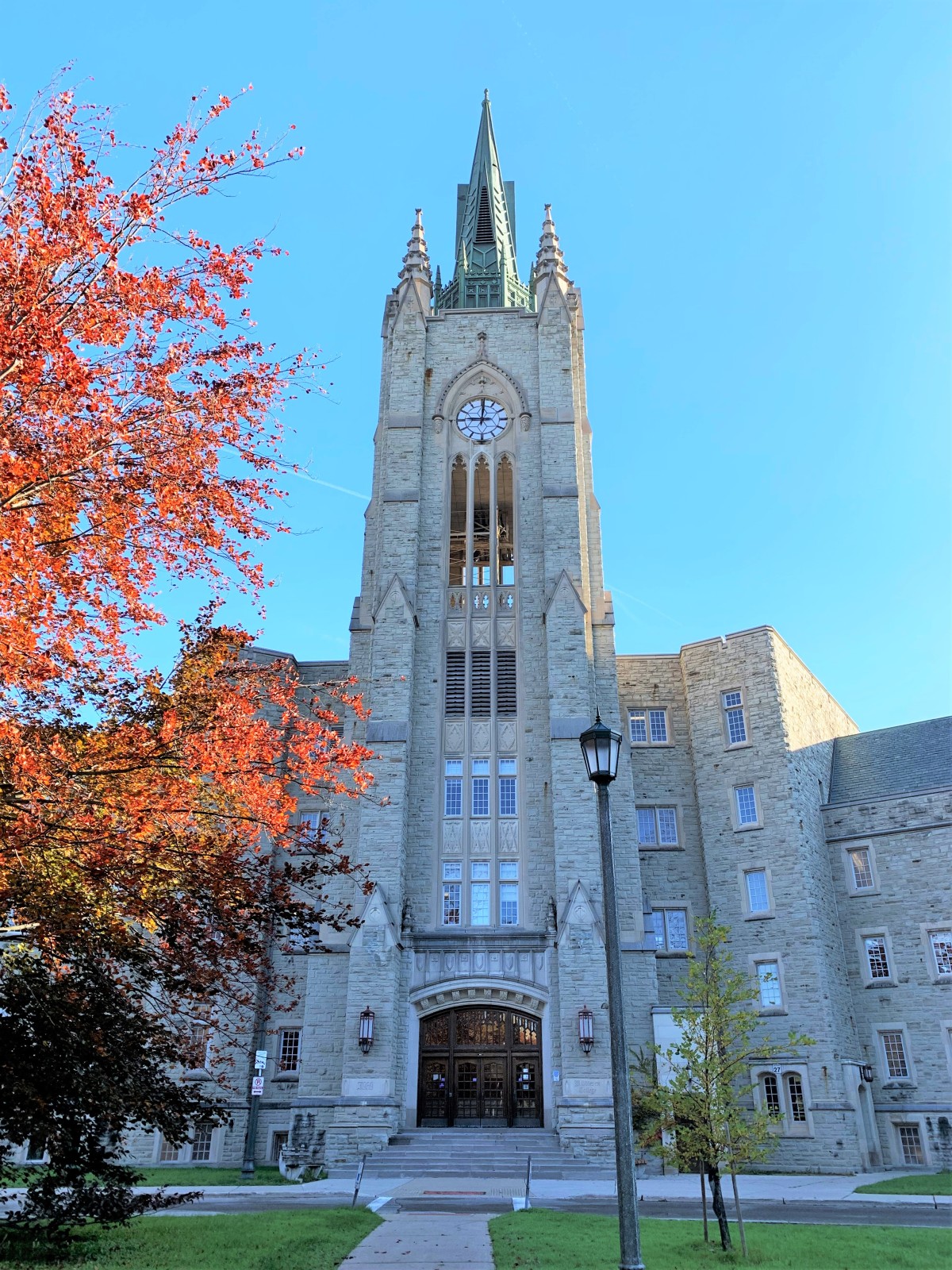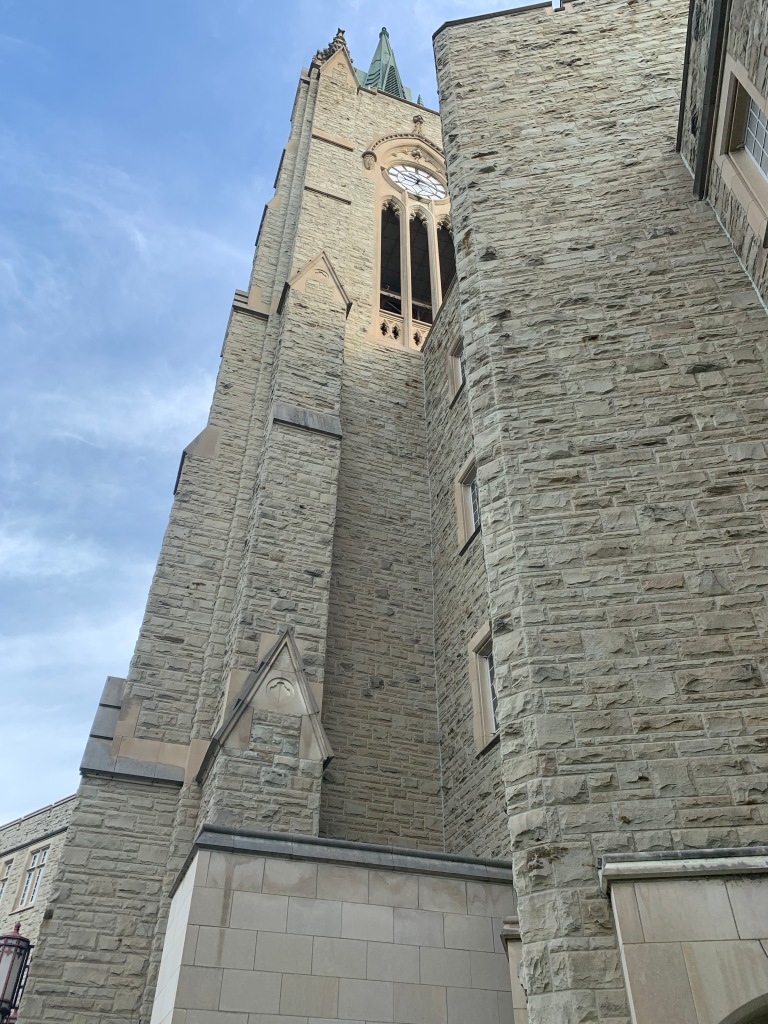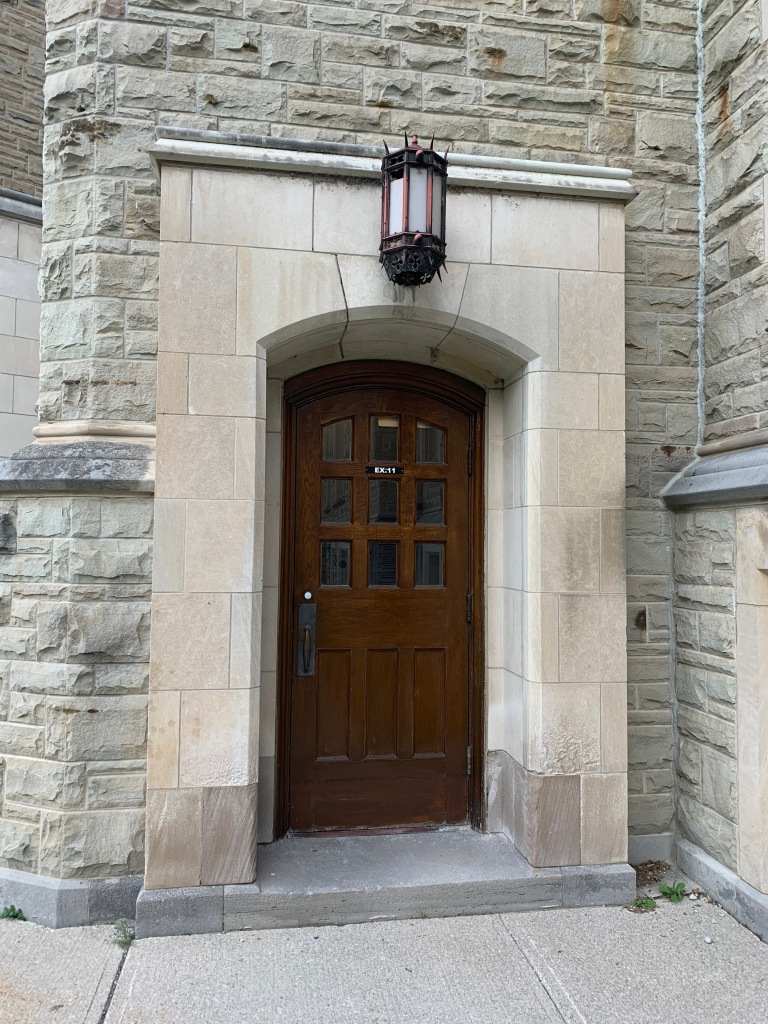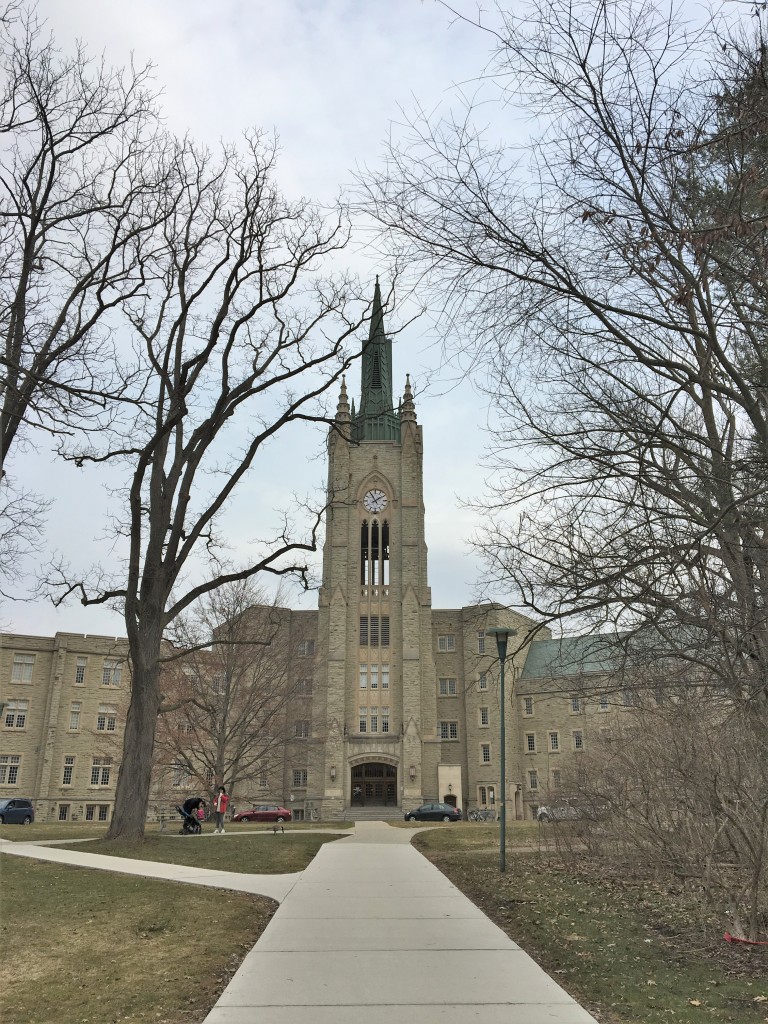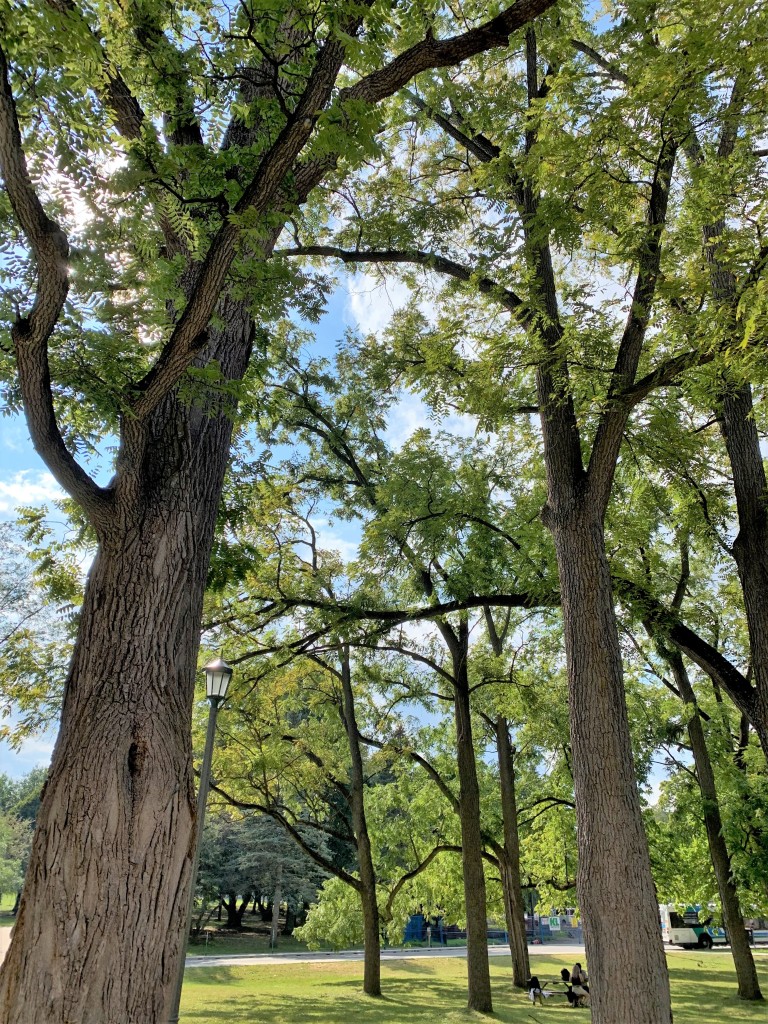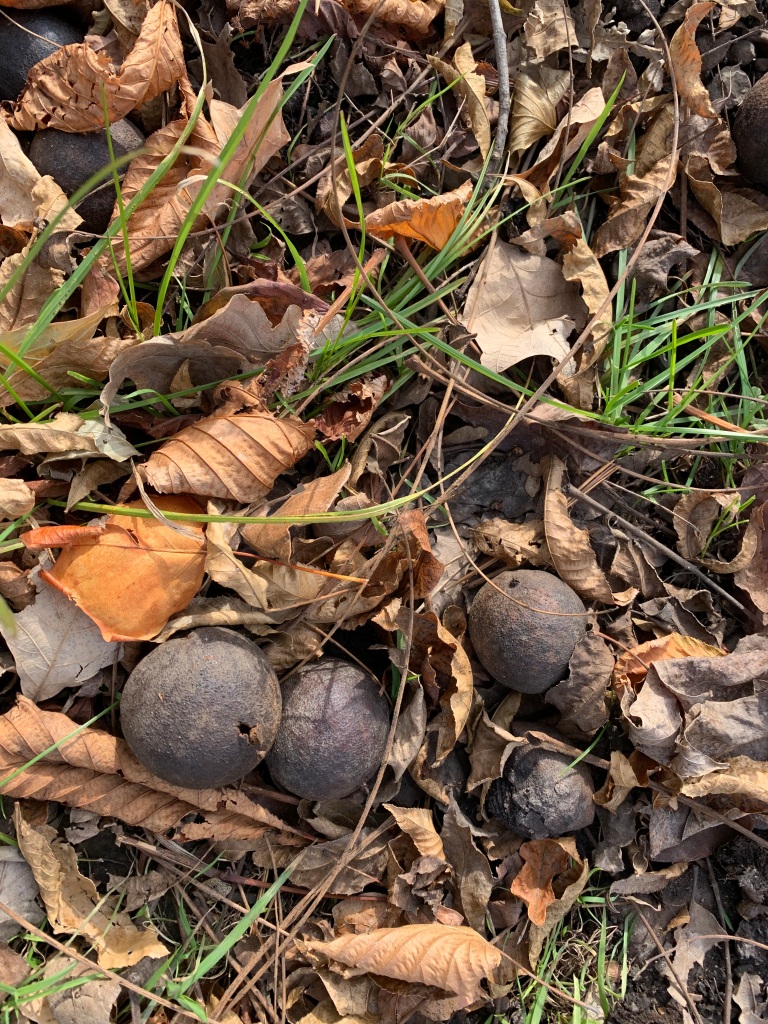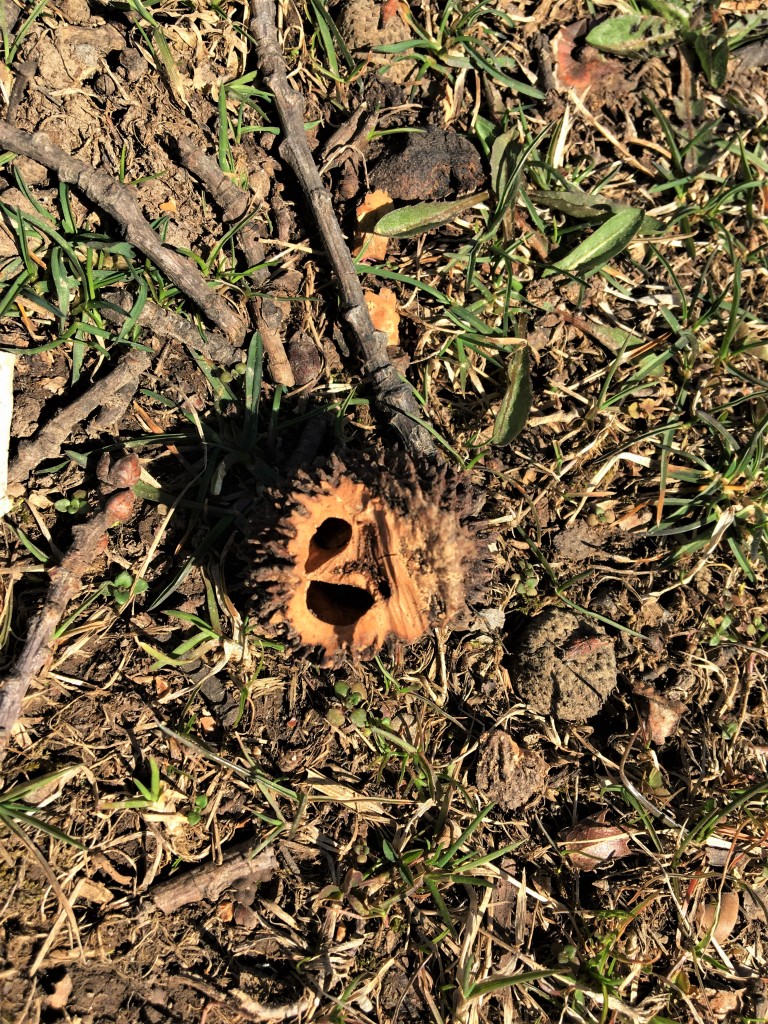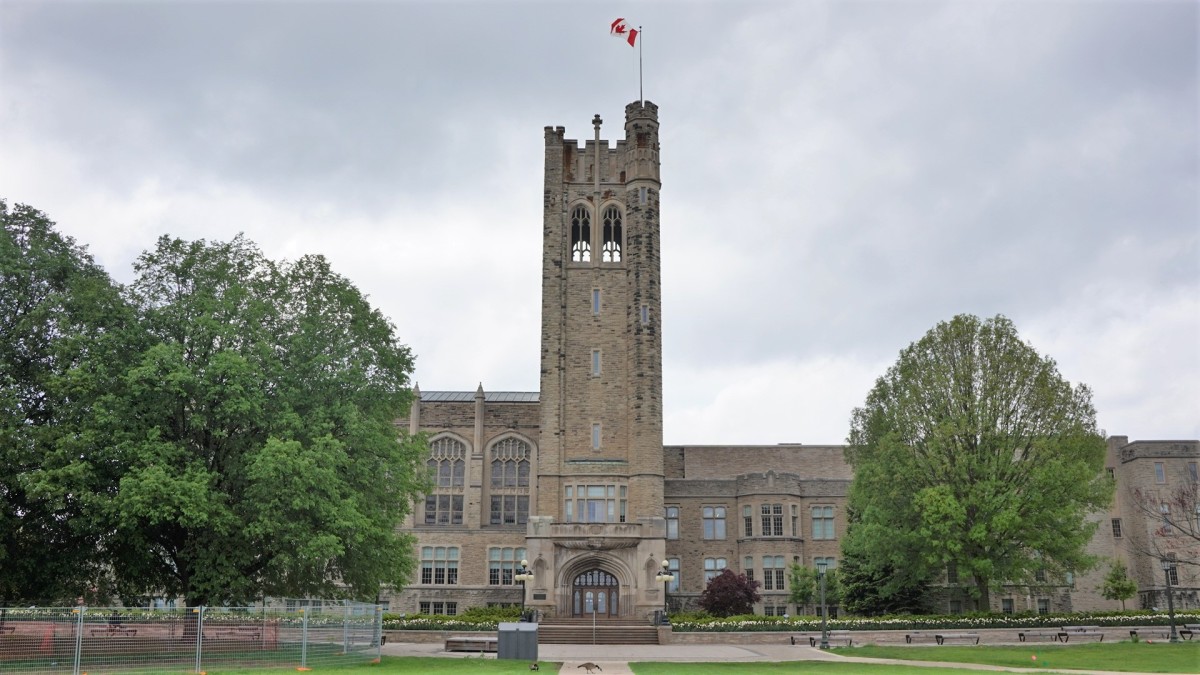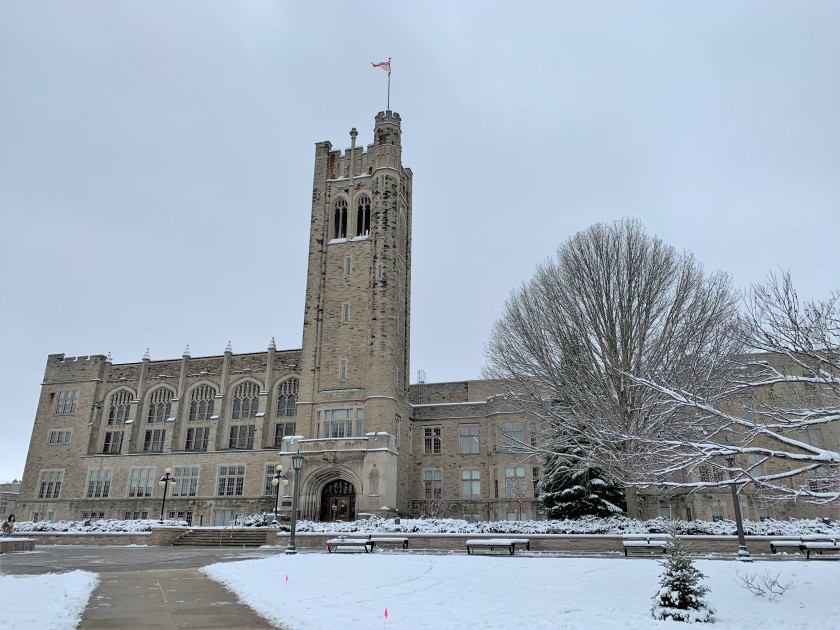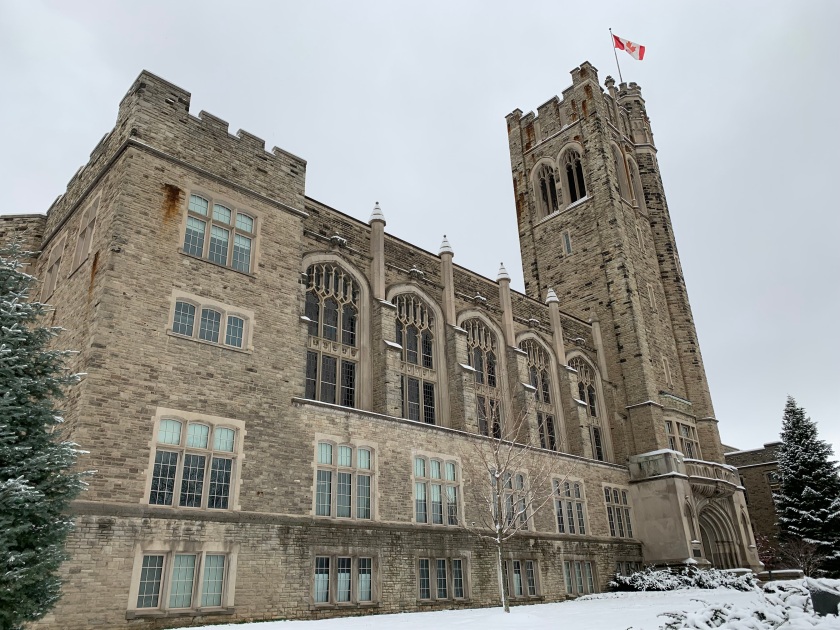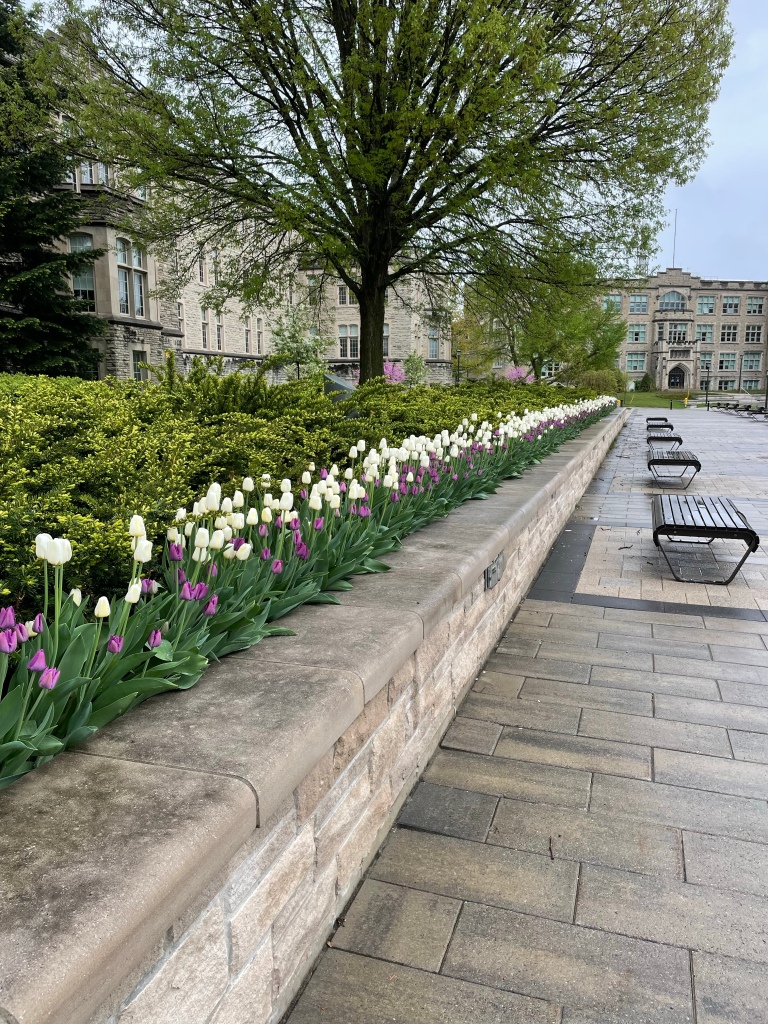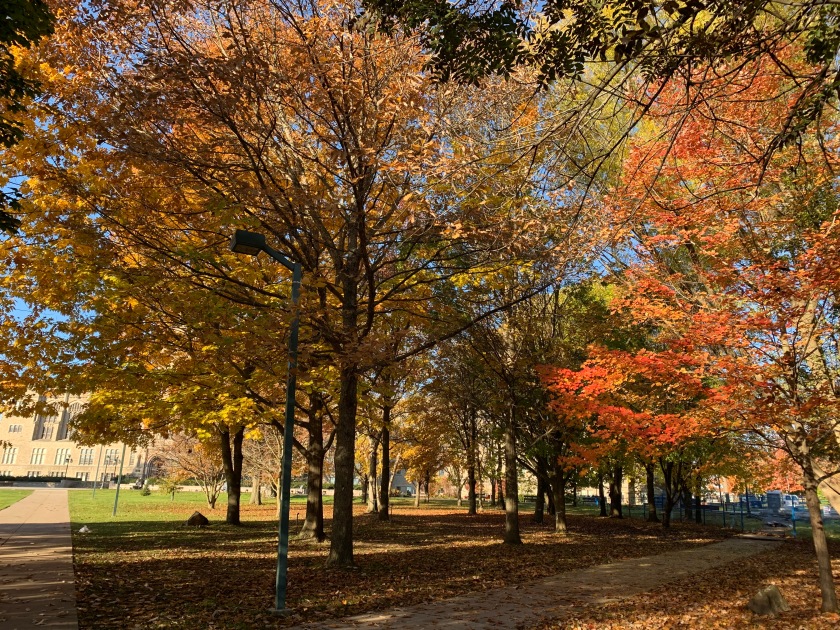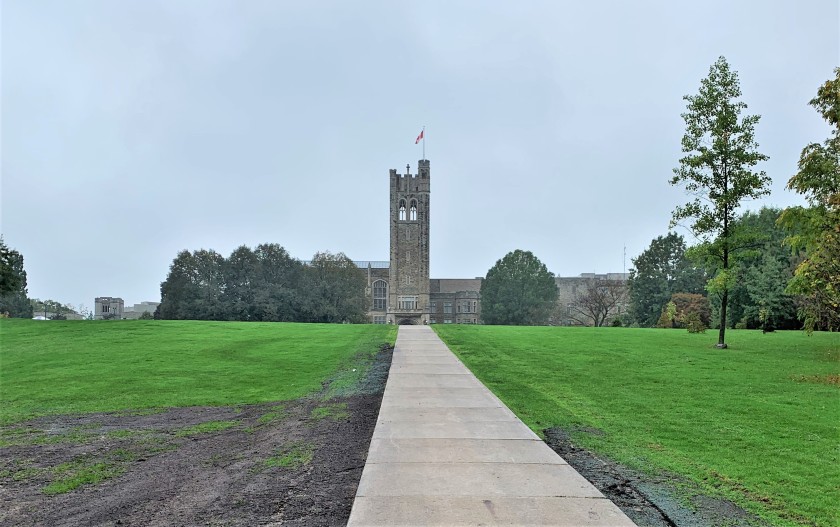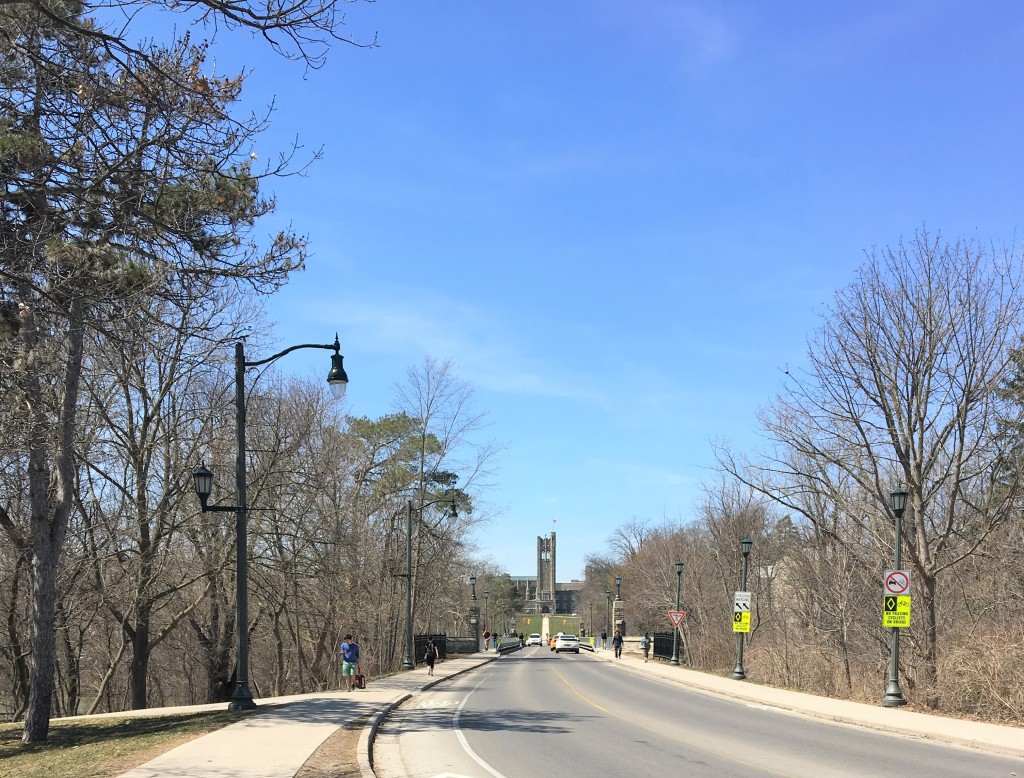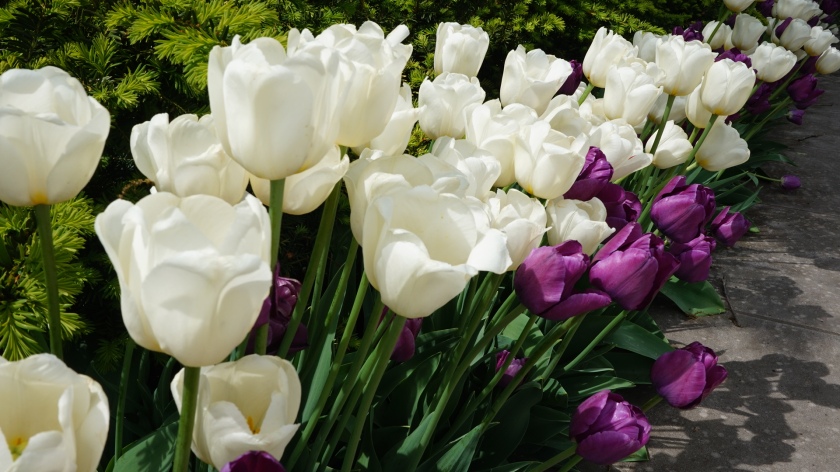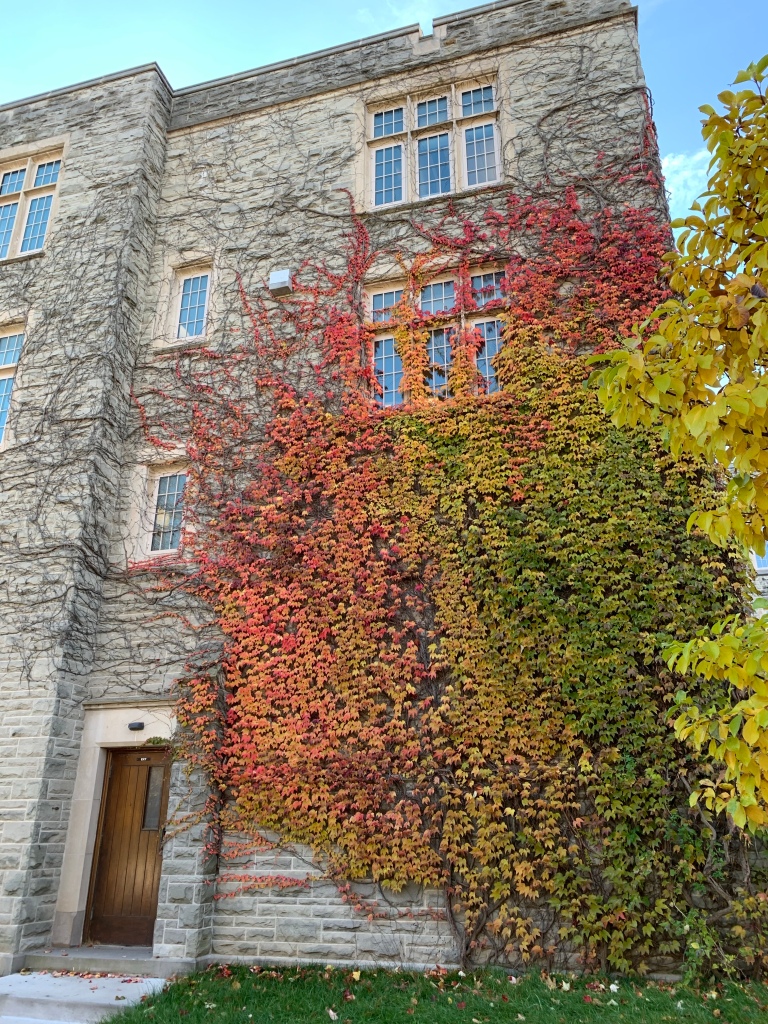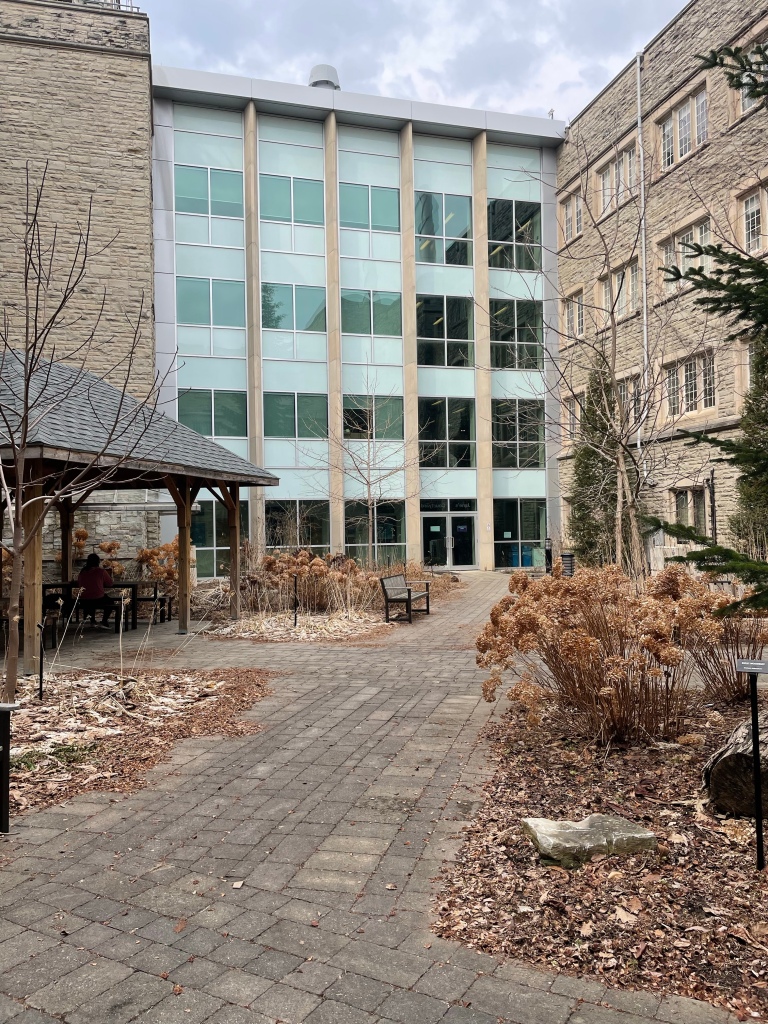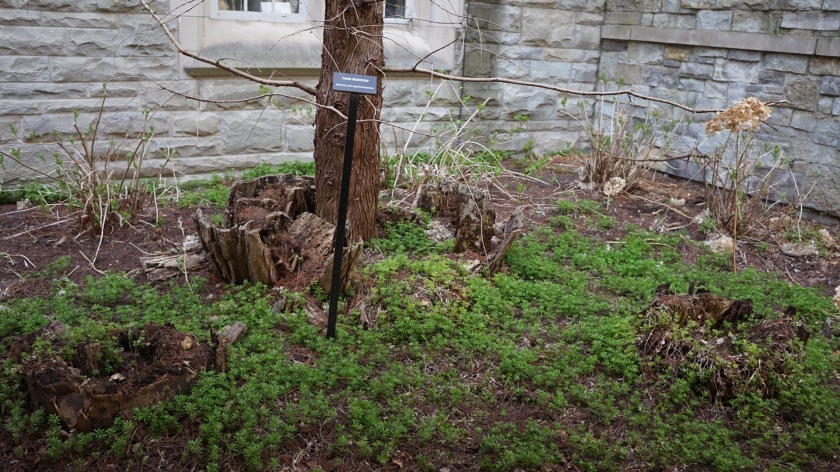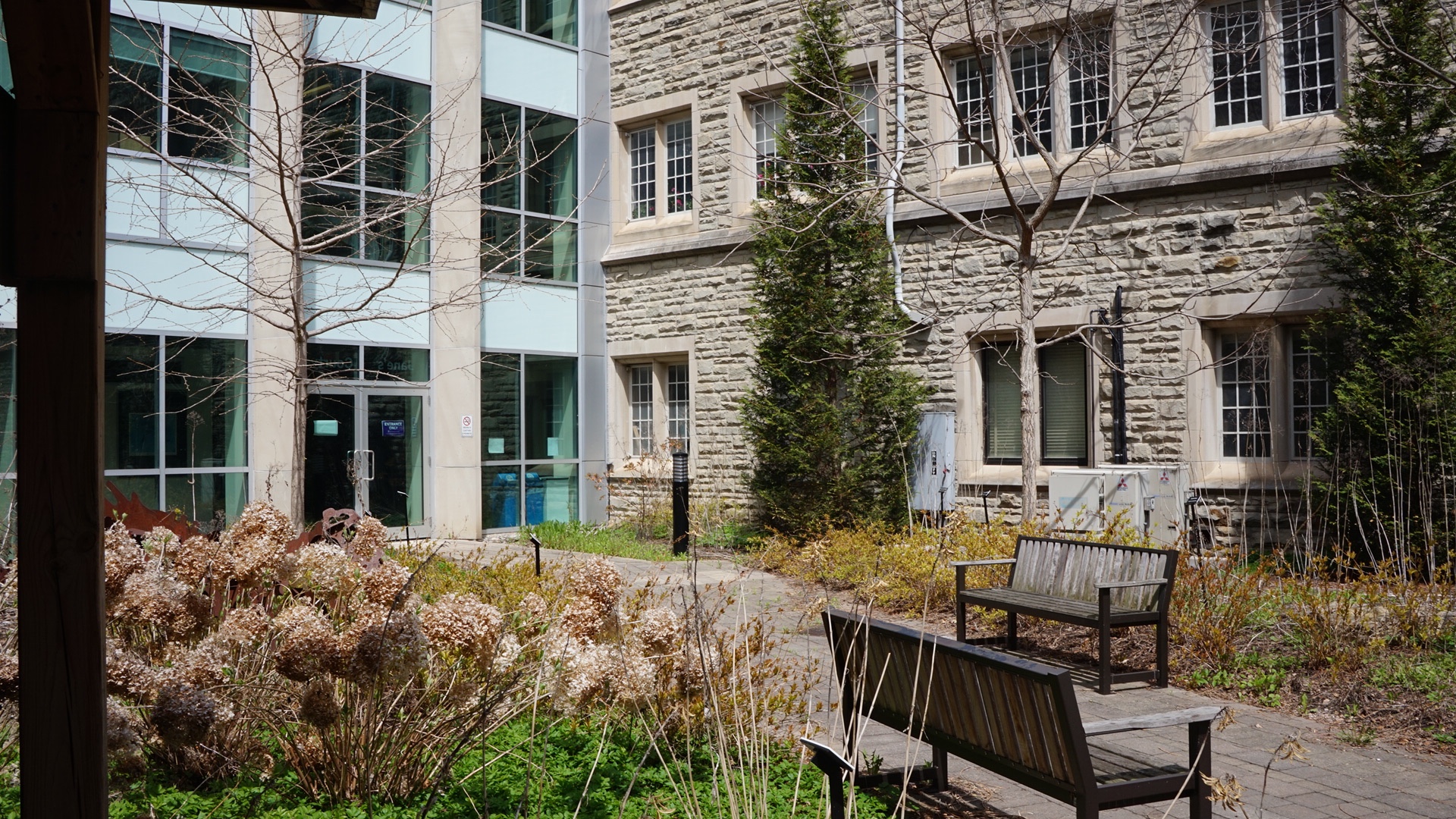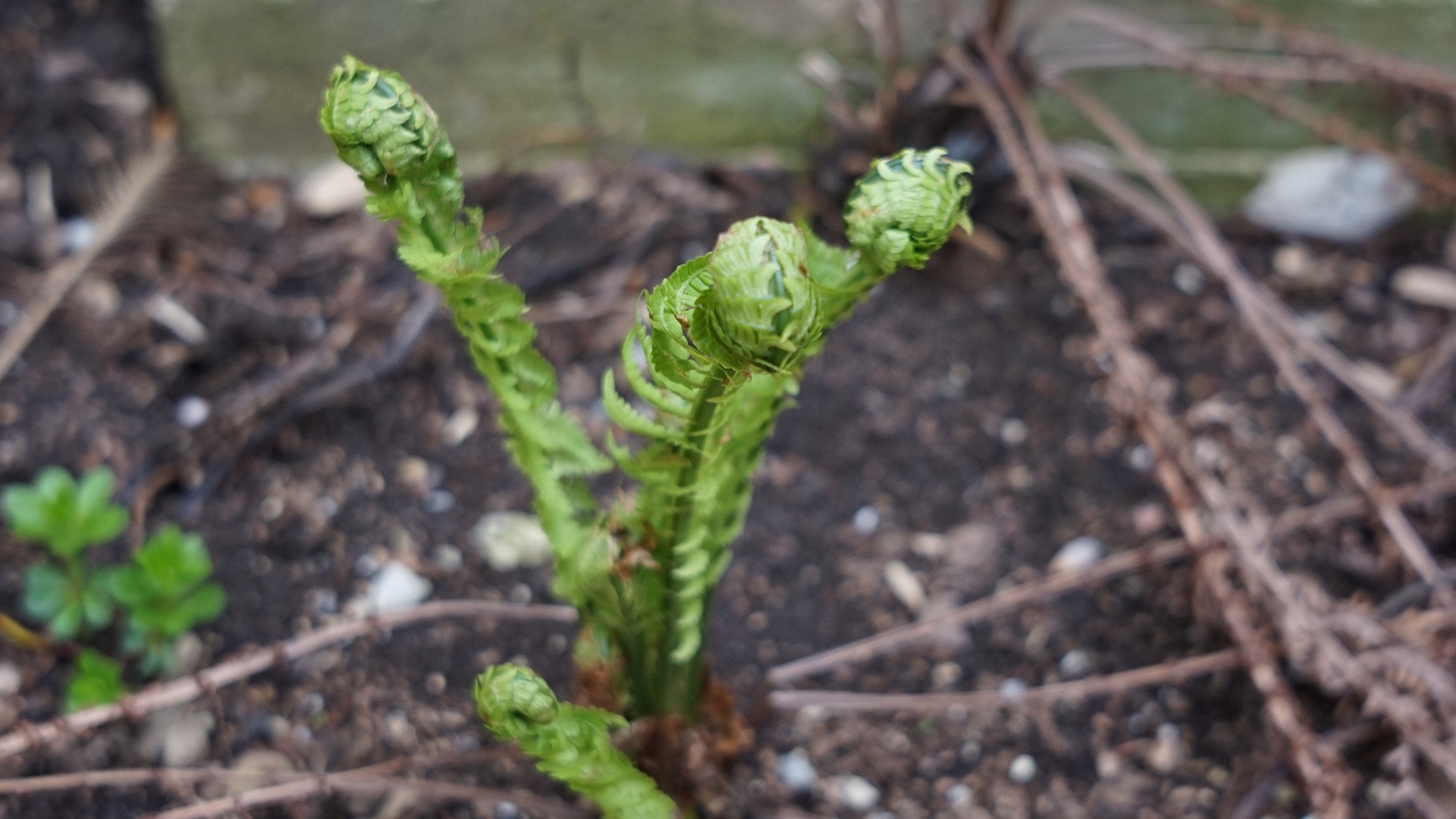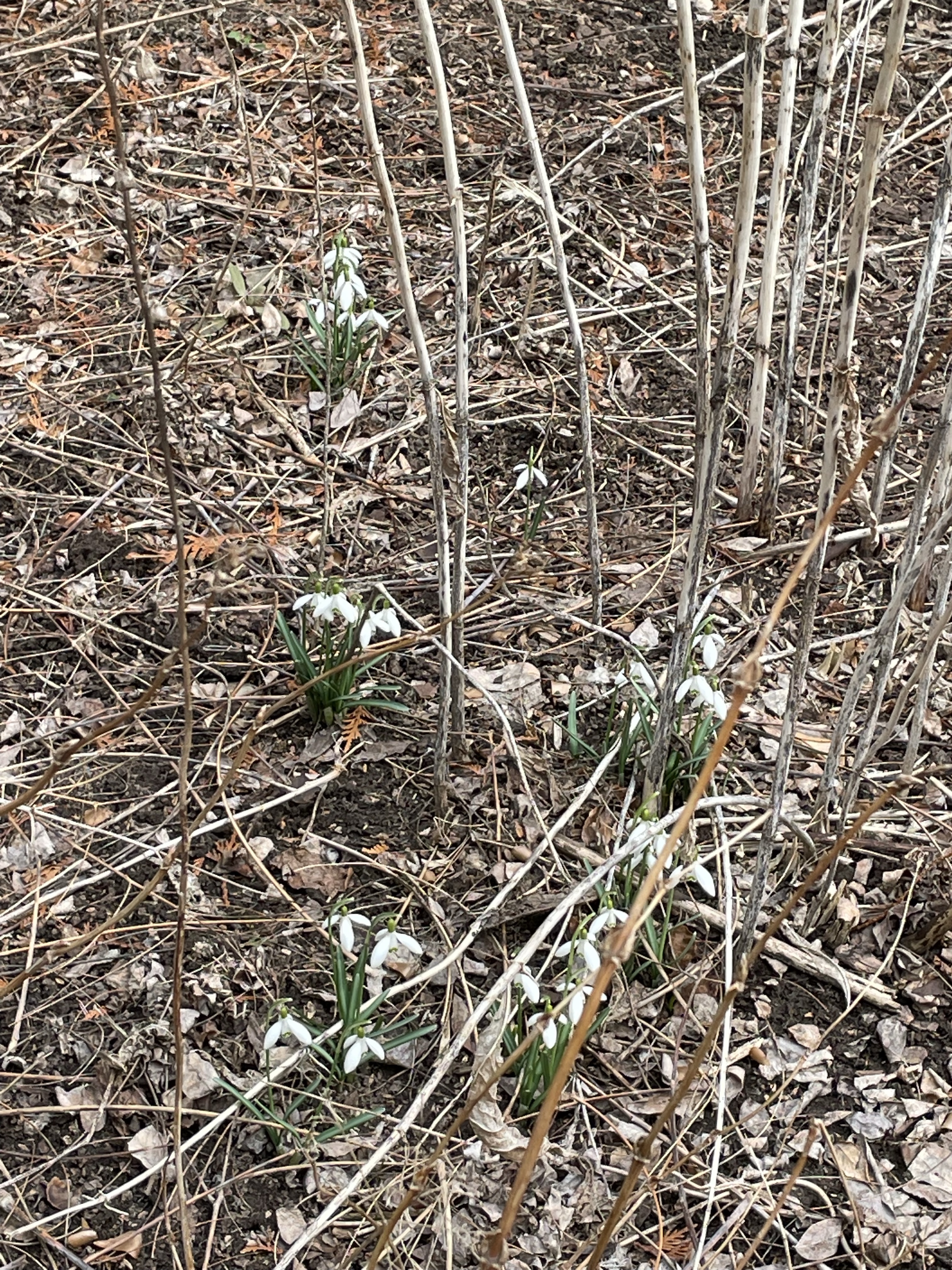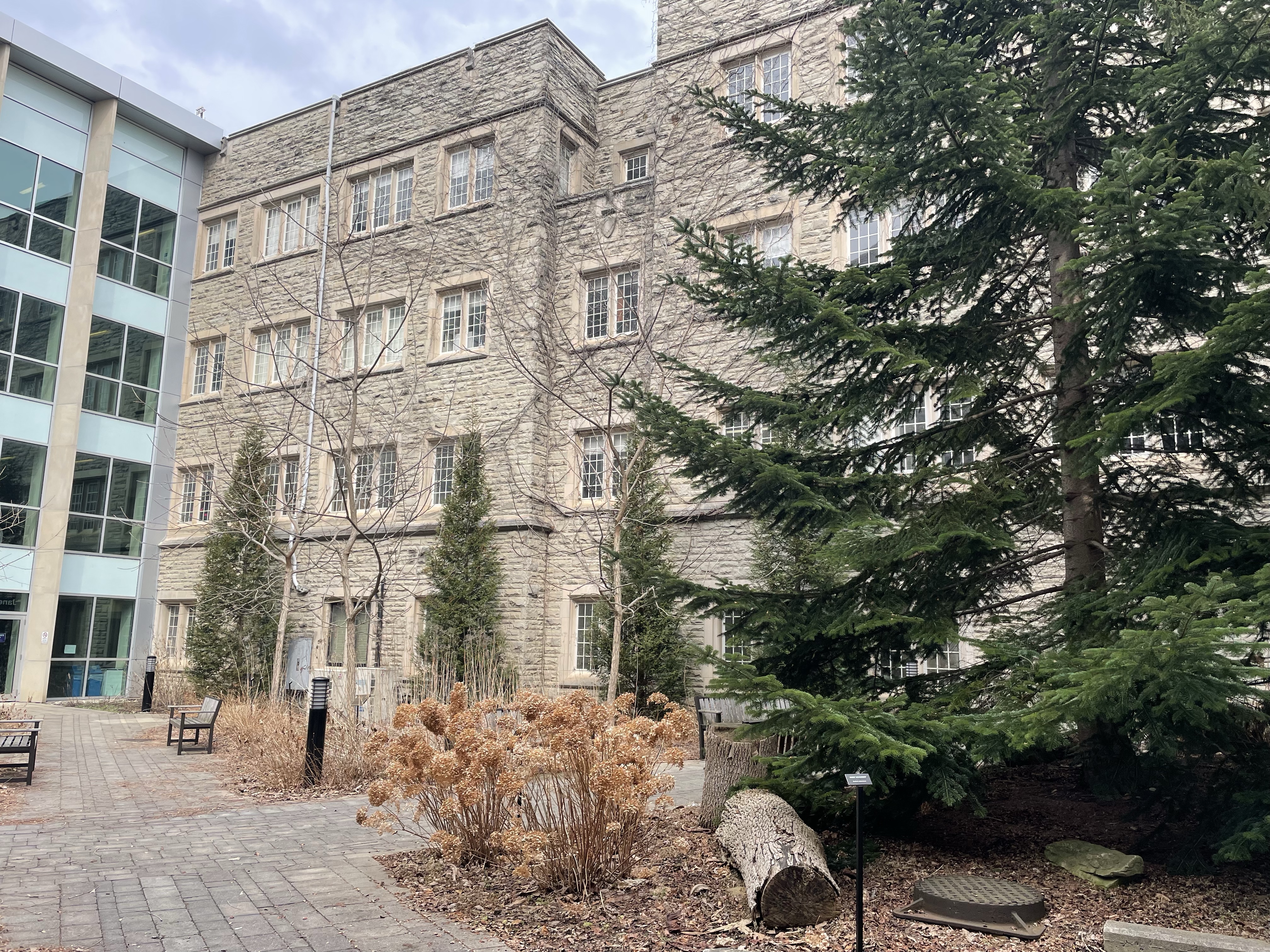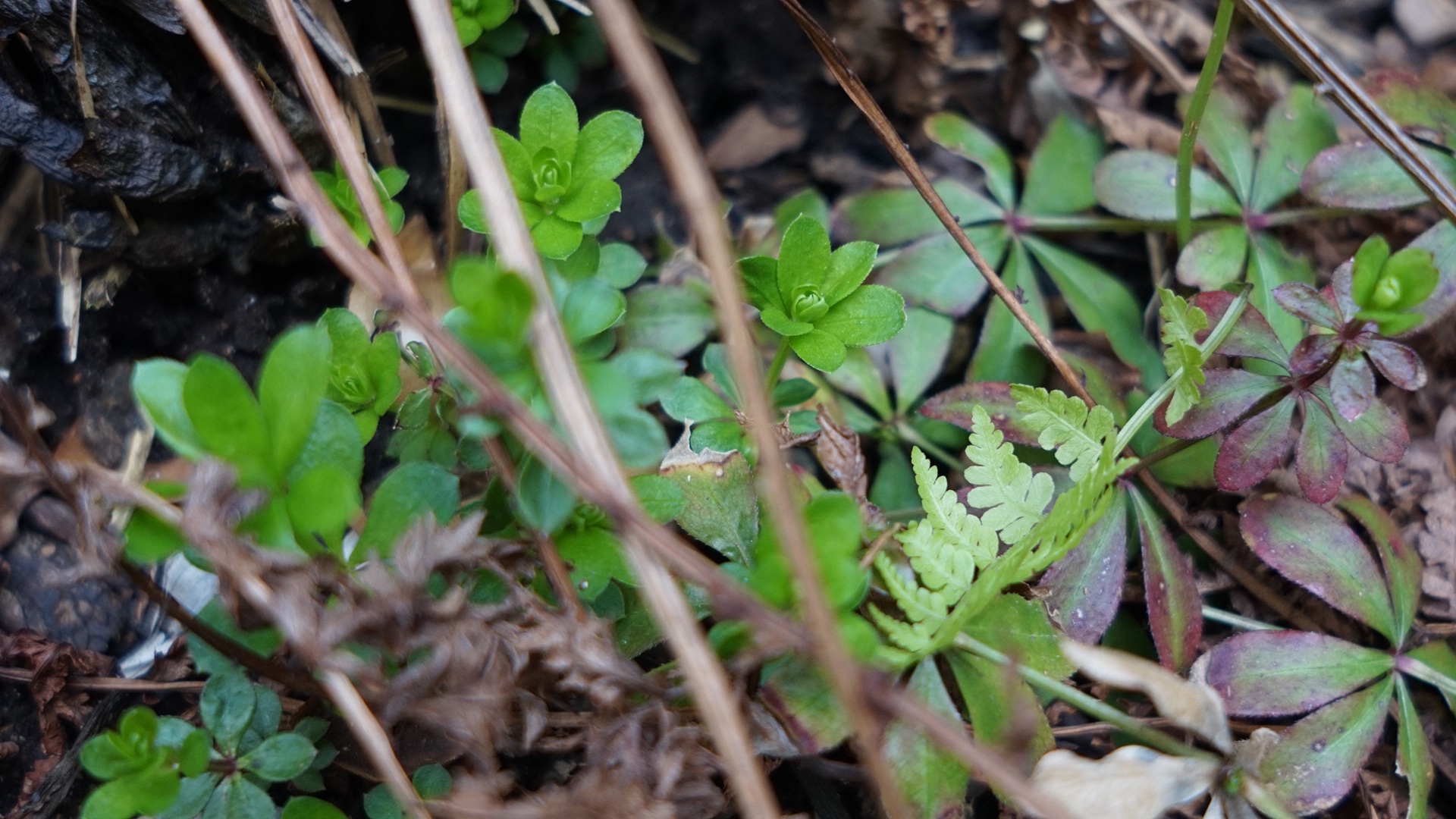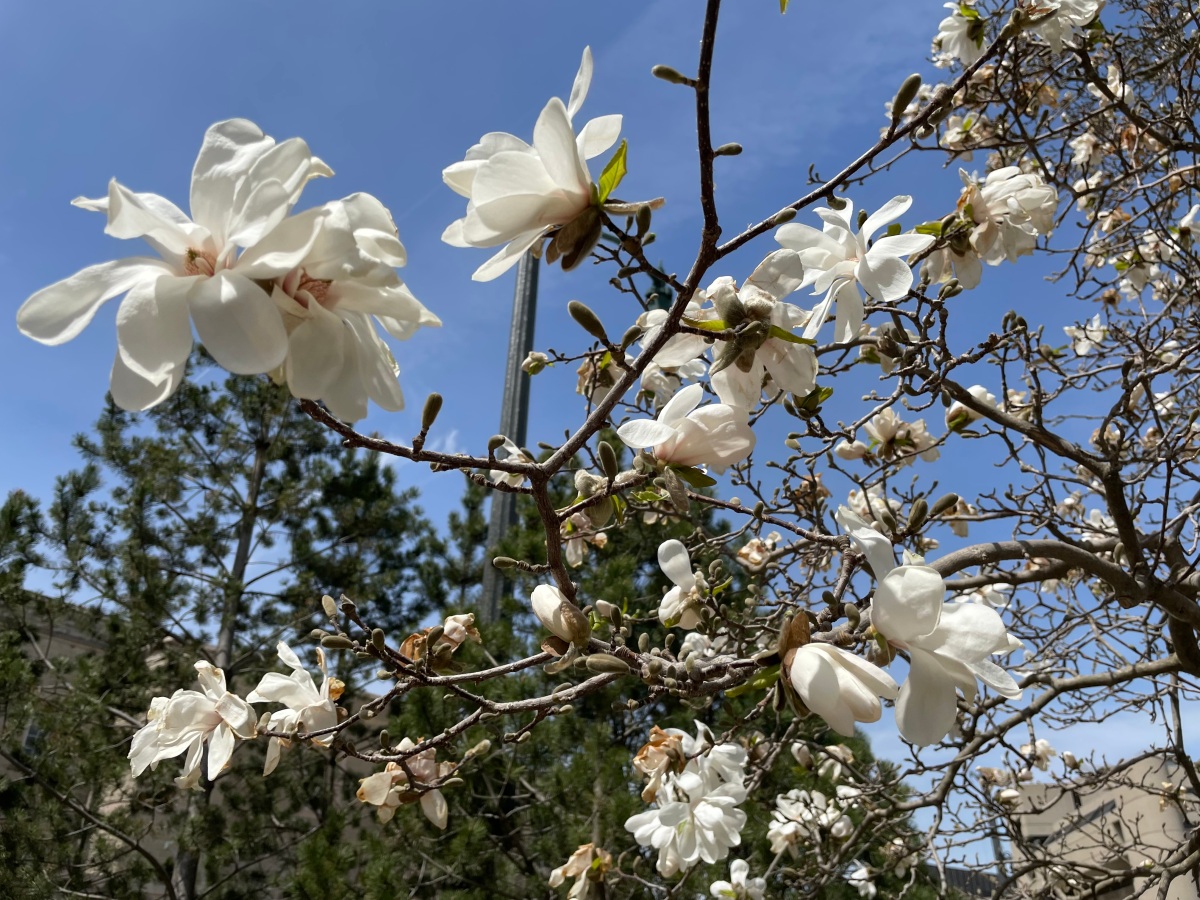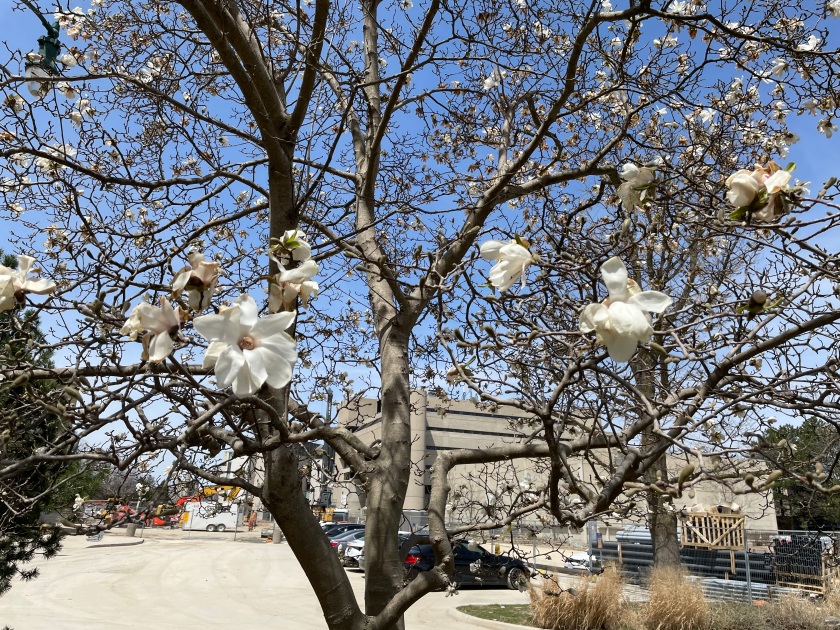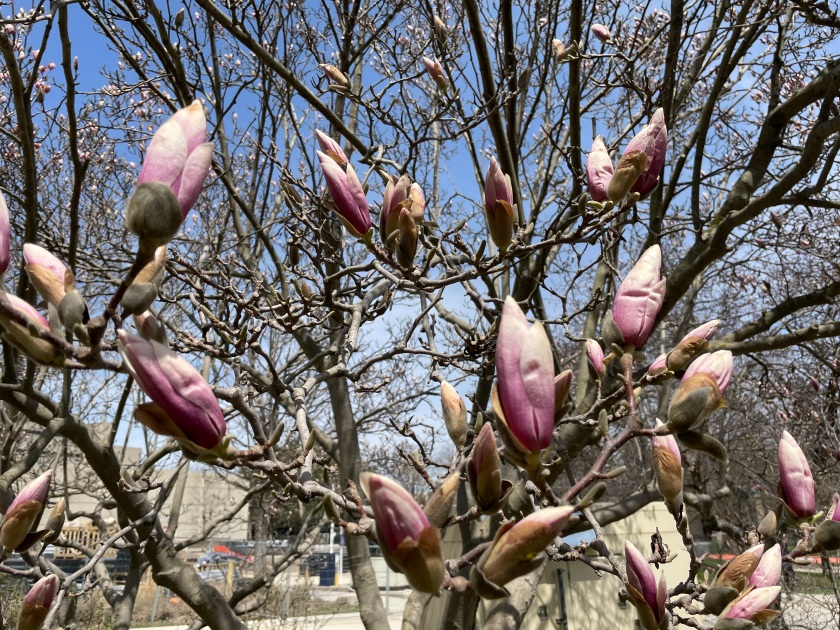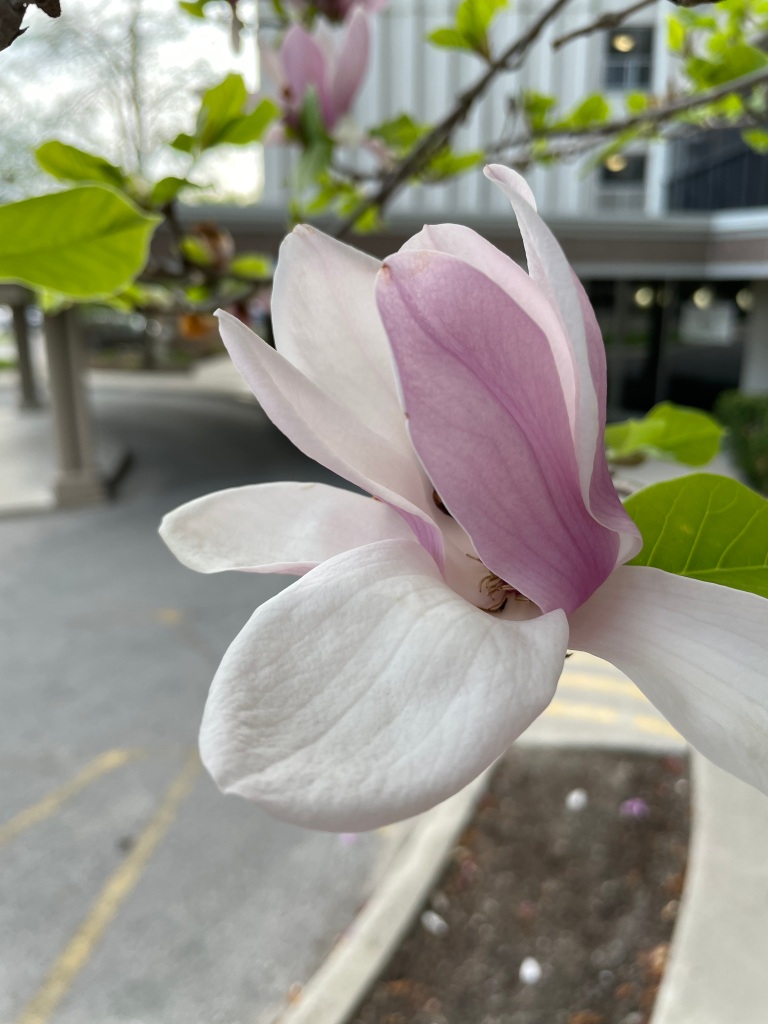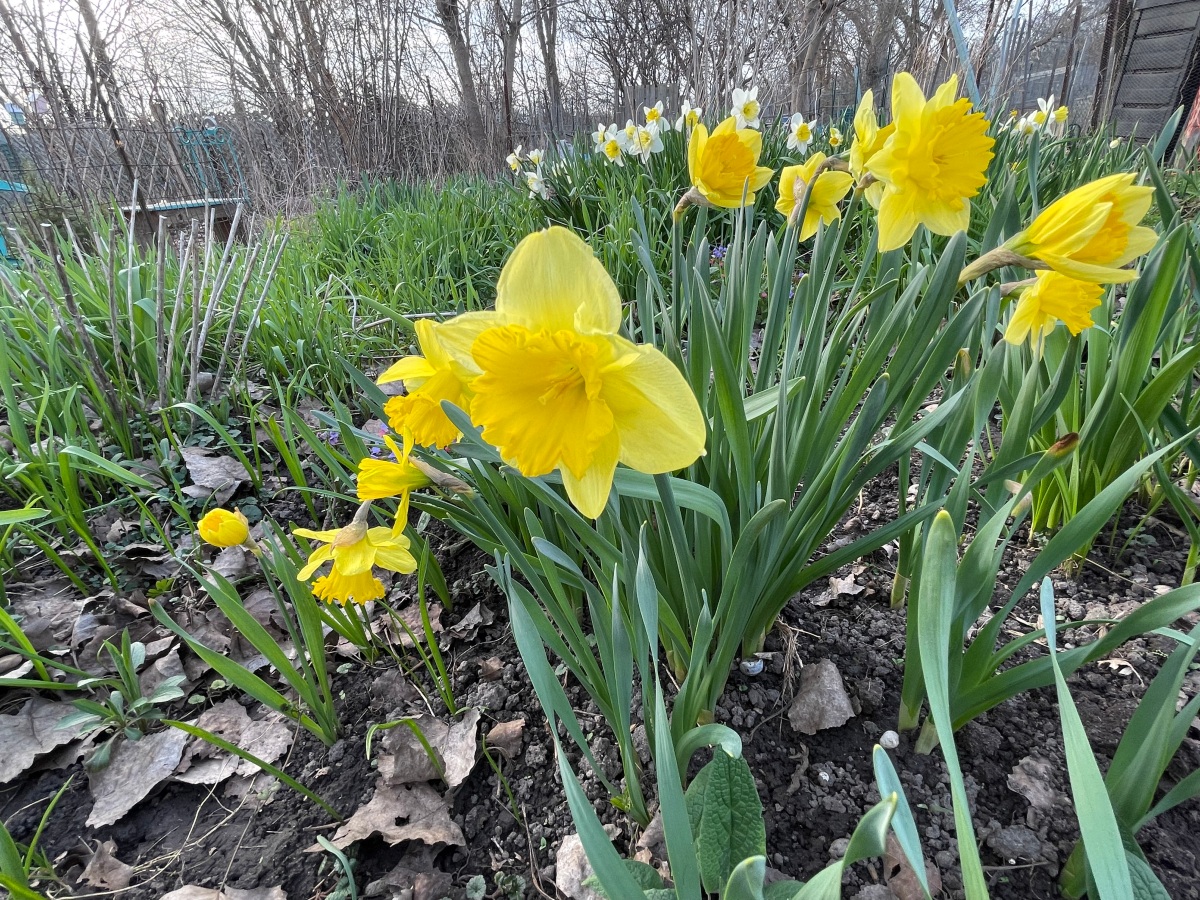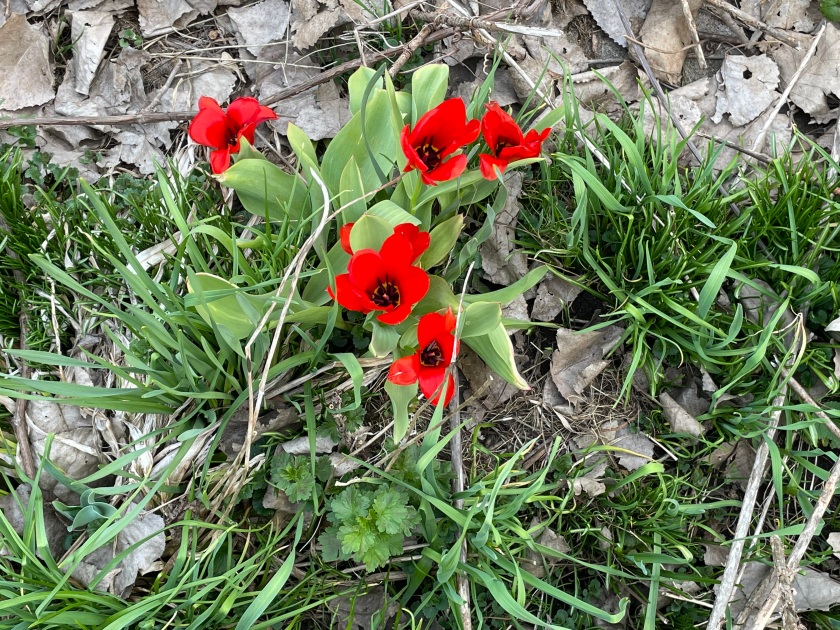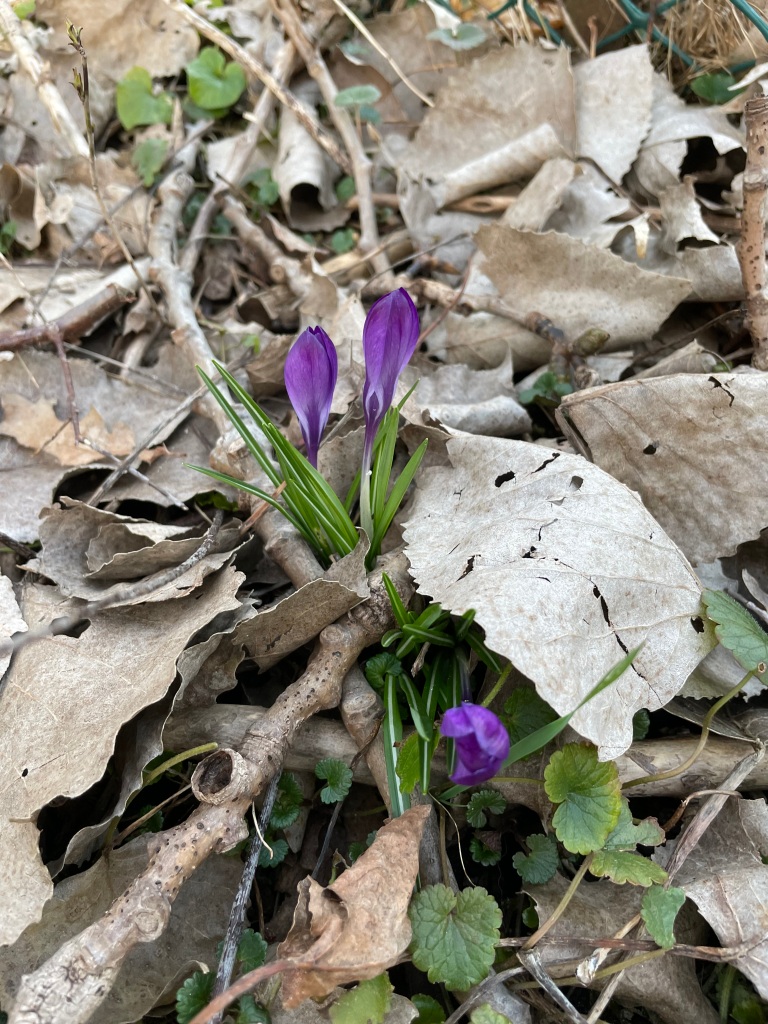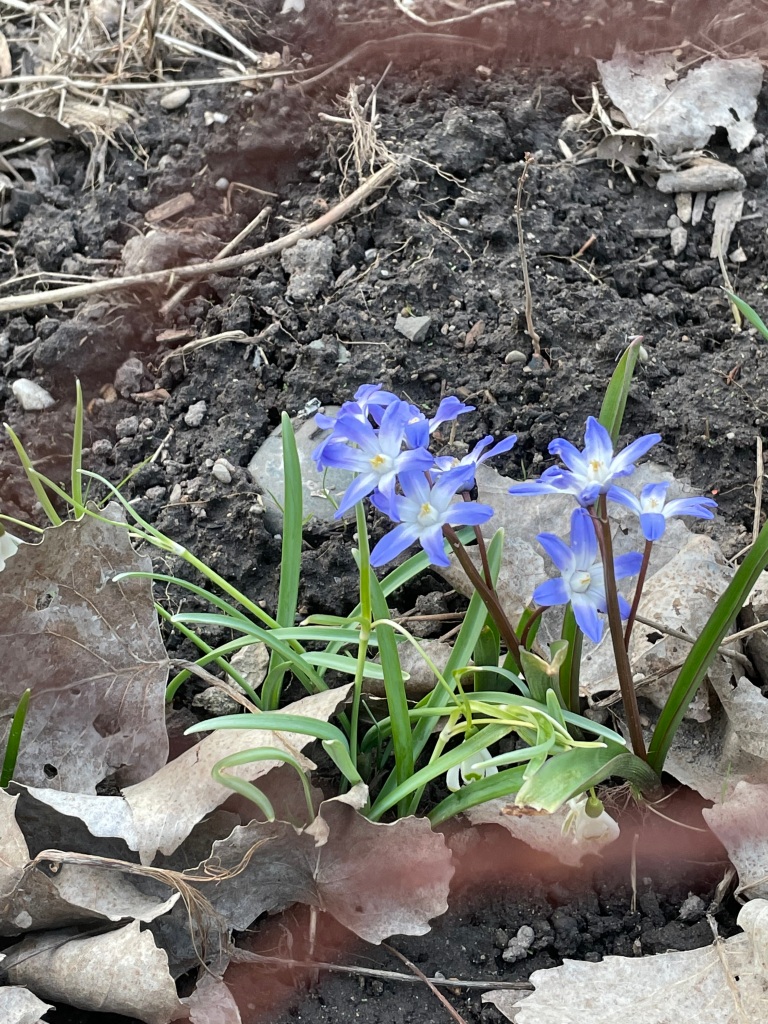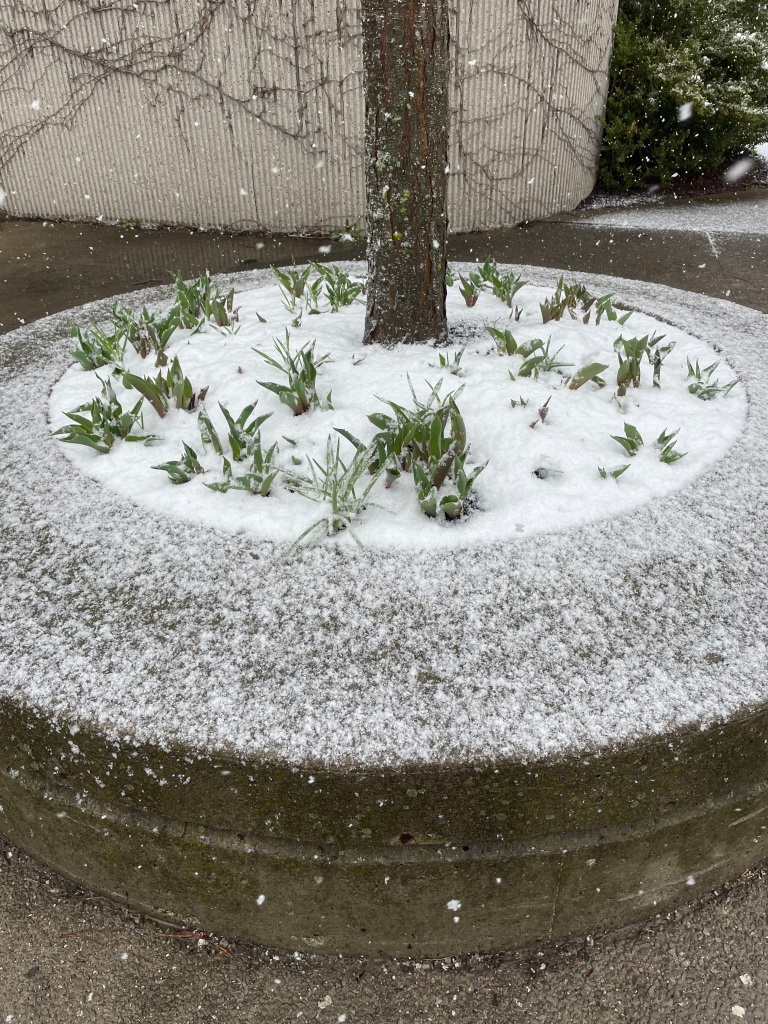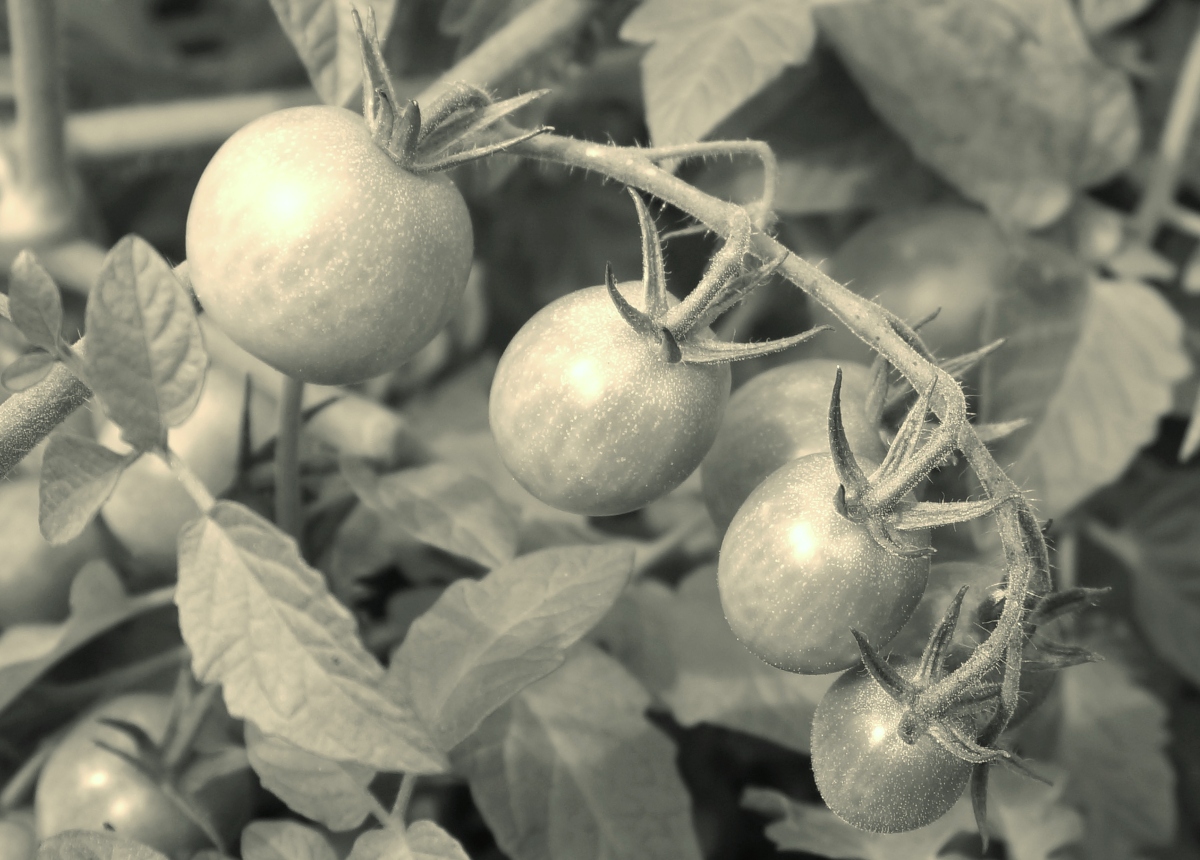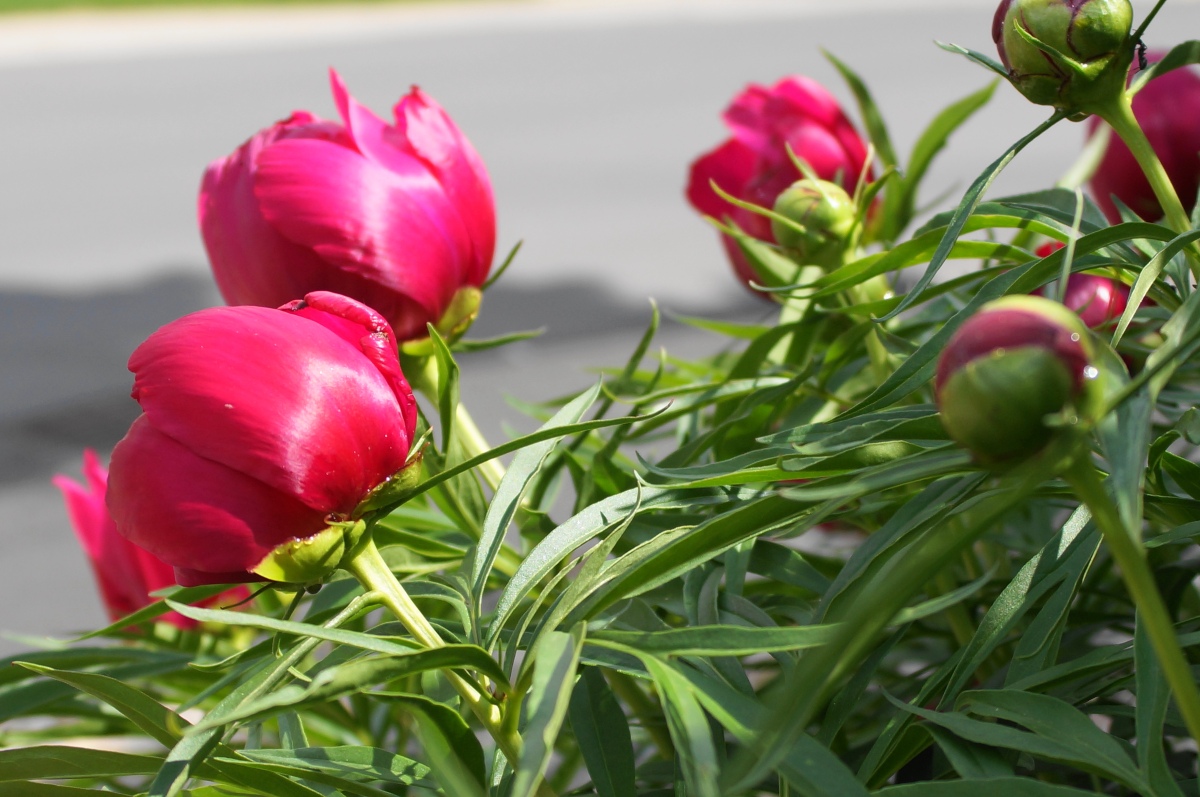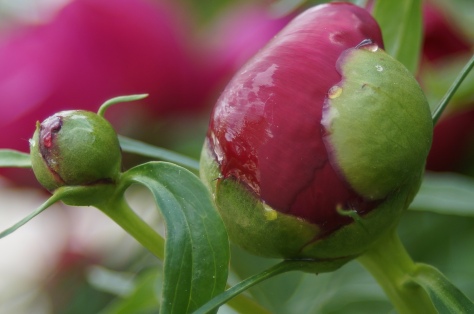Home to the Mathematics and Computer Science departments, Middlesex College building is a dominating figure on campus. Situated at the bottom of the hill to where University College stands, its distinctive collegiate gothic architecture with clock and bell tower is the campus landmark.
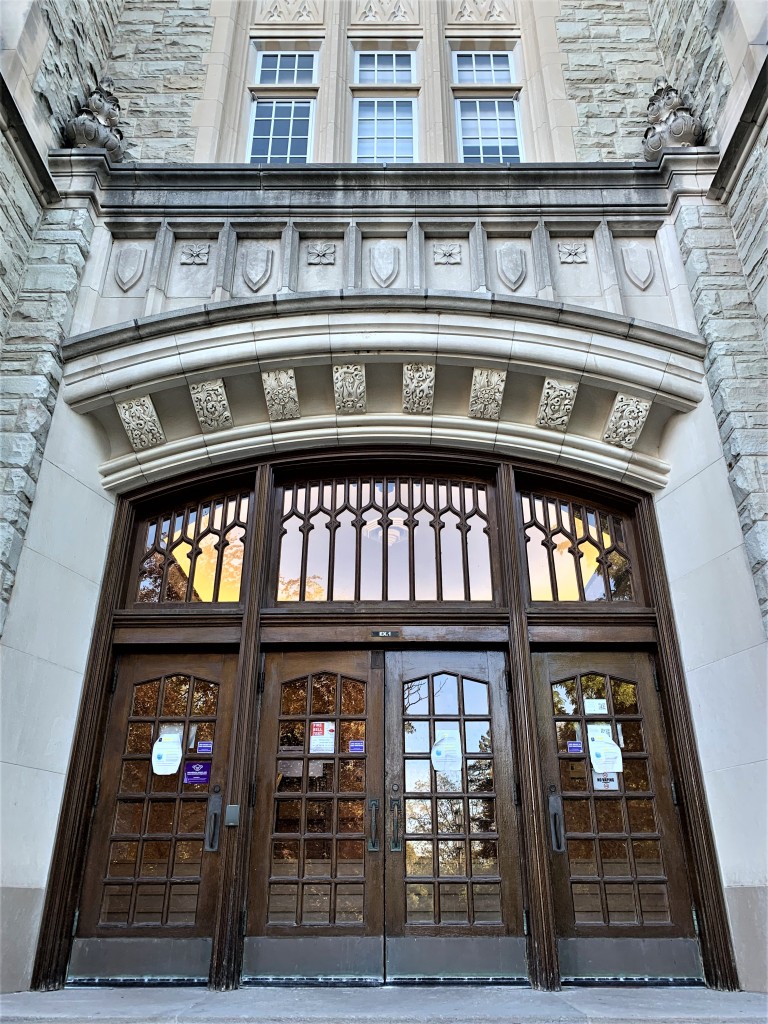
The featured photograph conveys the imposing height of the building, but it does little to demonstrate its breadth. If you can imagine two wings, scaled to match the clock and inwardly reaching like long arms to embrace the campus, then you have a sense of Middlesex College.
Middlesex College opened in 1960 as a home for the Department of History. According to the building’s Wikipedia page, the tower houses five bells, each eight feet in diameter and weighing 400 lbs. However, the bells no longer ring, and were decommissioned in 2007 due to high refurbishment costs. They are “tuned to E, B, E, F and G#”.
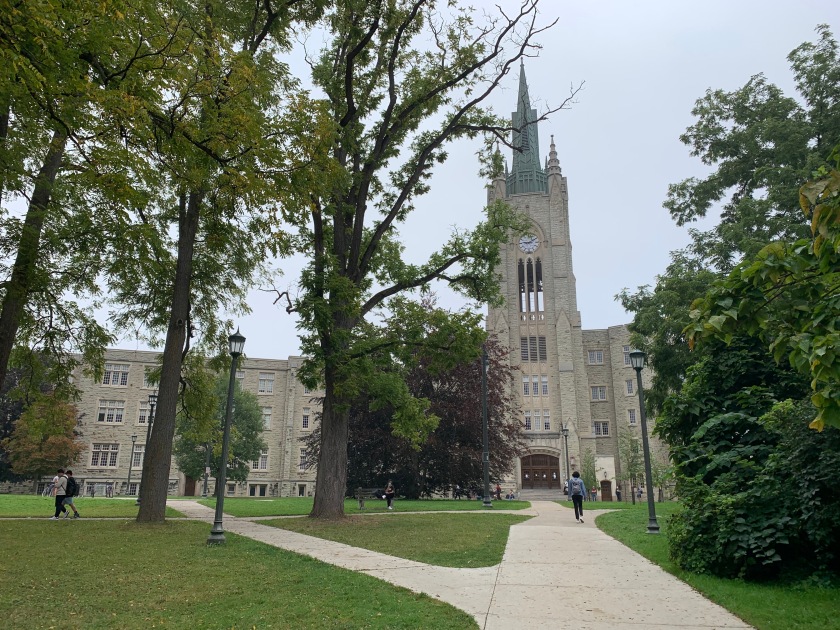
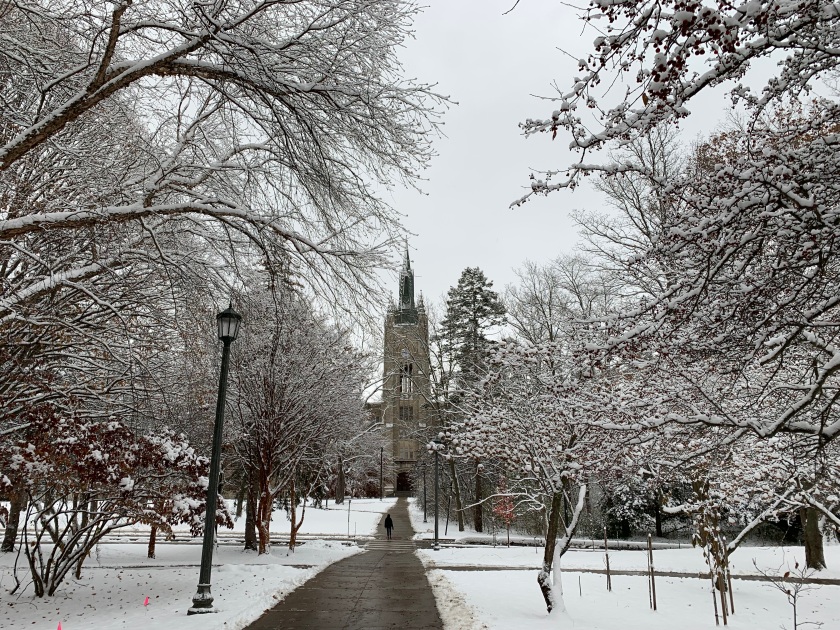
The photograph above shows the trees that have sheltered between Middlesex and University College. There is a mix of planted specimens and a stand of natural growth that can be found on the lower right, across the road that intersects the pathway.
The front lawn of Middlesex houses a stand of black walnut trees. Previous to this space becoming a university, it was used as a farm, and these trees were planted here at that time. (The school’s founding date is March 7, 1878.) The story I learned was the row of walnut trees followed the road entering the farm and is all that remains of the farm itself, although there are trees on campus which predate farming in the region.

When walnut seeds fall from the trees, they are covered in a coarse green skin encapsulating a fibrous flesh. Inside is the walnut in its shell. As the seeds lie on the ground through the autumn, the flesh blackens and rots away. In early winter only the nut remains, and this is when the squirrels take advantage. The husk is not a nice thing to handle, as it stains black everything it comes in contact with and can be irritating to the skin.
While dropping from the tree, each seed is a heavy little ballistic that falls from some very tall trees. It is a bit risky to sit, or even walk, under them when the breeze picks up.

